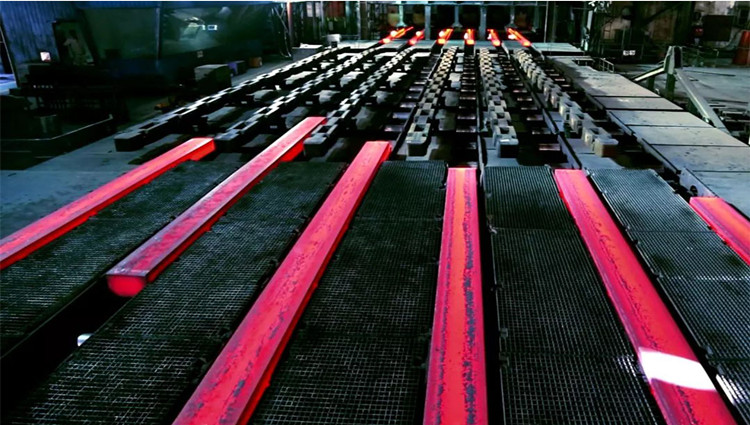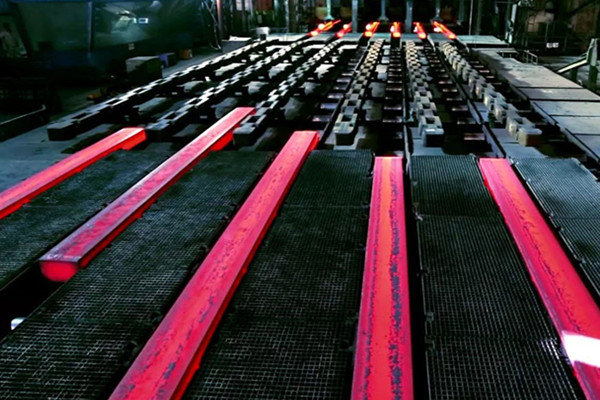1. Railway rails can also be classified according to steel type, mechanical properties, metallographic structure, etc.
2. According to steel type, steel rails can be divided into three types: carbon rails, microalloy rails and low alloy rails.
The carbon rails produced in China are high manganese medium carbon rails; microalloy rails are rails made by smelting and rolling after adding appropriate amounts of alloying elements such as vanadium, titanium, chromium, and molybdenum to the original iron ore. The strength and toughness of this type of rail are higher than those of carbon rails; low alloy rails are steel with low amounts of alloy added, such as EN320Cr with 0.80% to 1.20% Cr added to steel.

3. According to mechanical properties, steel rails can be divided into ordinary rails, wear-resistant rails and high-strength rails.
According to the lowest tensile strength, there are 780MPa, 880MPa, 980MPa, 1180MPa, and 1200~1300MPa. Rails with tensile strength of 780MPa (such as European EN220, Chinese U74, etc.); rails with tensile strength of 880MPa (such as EN260, EN260Mn, UIC900A, Chinese U71Mn, etc.); rails with tensile strength of 980MPa (such as American AREA ordinary rails, Chinese PD3, BNbRE hot-rolled rails); rails with tensile strength of 1080MPa (such as EN320Cr alloy rails, Japanese HH340 online heat-treated rails), 1180MPa (such as Japanese HH370 online heat-treated rails, EN350HT, EN350LHT, Chinese PD2 quenched rails) and 1200-1300MPa (microalloy or low alloy heat-treated rails, such as Chinese PD3 quenched rails, etc.). Rails with a general strength of 1080MPa and above are called wear-resistant rails or high-strength rails.
4. According to the metallographic structure, steel rails can be divided into pearlite rails, bainite rails, martensite rails and hypereutectoid pearlite rails.



Get In Touch